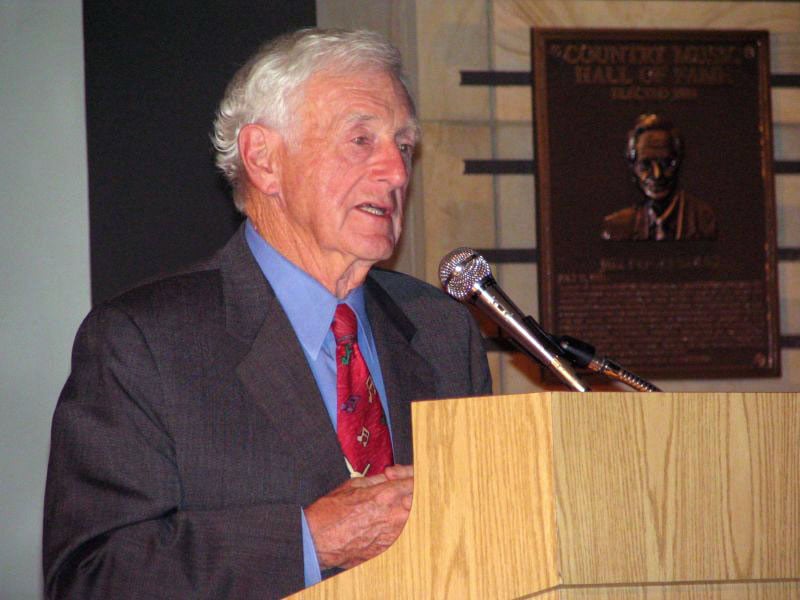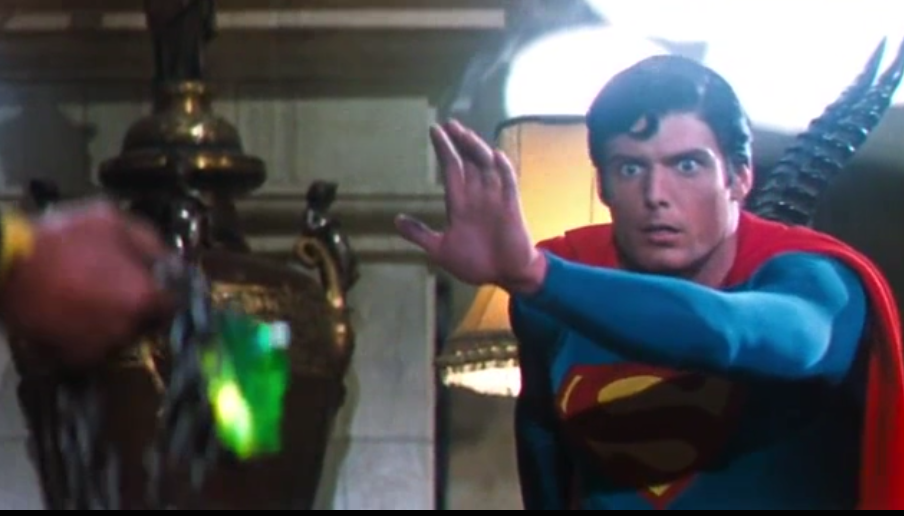The EFF soon created a crossword, overlaid it on top of the monkey, and featured it on their website.
August 2014 – Photographer David Slater sent a copyright takedown notice to the Wikimedia Commons over a photograph of a Celebes crested macaque taken on one of his cameras, which at the time was being operated by the macaque, resulting in a “monkey selfie”. The Wikimedia Foundation dismissed the claims, asserting that the photograph, having been taken by a non-human animal, rather than Slater, is in the public domain per United States law.[277][278] Subsequently, a court in San Francisco ruled copyright protection could not be applied to the monkey and a University of Michigan law professor said “the original monkey selfie is in the public domain.”[279]
https://en.wikipedia.org/wiki/Monkey_selfie_copyright_dispute :
In September 2015, PETA filed a lawsuit against Slater and Blurb, requesting that the copyright be assigned to the macaque and that PETA be appointed to administer proceeds from the photos for the endangered species’ benefit.[6] In dismissing PETA’s case, a federal district court ruled that a monkey cannot own copyright under US law.[7] PETA appealed.
In May 2018, Condé Nast Entertainment acquired the rights from Slater to make a documentary film related to the monkey selfie dispute. The project was being overseen by Dawn Ostroff and Jeremy Steckler.[55]
Also PETA got involved, because they’ve never seen an animal-centric story they couldn’t weasel themselves into.
Did they try to euthanize the monkey?
They tried to drag them into the horrors of the copyright world
I used to stream MHFU like ten years ago and the best comment I ever got was “YO, Peta should hire this man.”
Monster Hunter Freedom Unite?
Nah, Momma Hoss: Food Universe on the GBA.
I hate that I literally googled that…
Lol, of course they wanted the proceeds. Peta and shameless whoring, name a more iconic duo.
Added relevant quote
Funniest example by far is Whiplash, a PS2 game where a weasel is chained to a rabbit and swings him around as a weapon.
PETA endorsed the game’s message.
This is actually a really famous and interesting copyright case that established some important bounds of copyright. How much of an artist’s intent is necessary to claim copyright? Can an artist set up a situation in which some creative product is produced?
There is actually a lot of animal photography that is dependent on the animal itself to trigger the camera, such as trail photos or even those cute photos of squirrels interacting with dollhouse furniture like tiny little humans. There is a lot of meticulous planning, experimentation, and patience that goes into “spontaneous” photographs.
The headline definitely makes it sound dumb, but this does seem like an interesting argument regardless of which side you fall on.
This also set a huge precedent for legal cases around AI image generation, didn’t it? Since that also falls under “works not created by a human” and are therefore not copyrightable. We could have been dealing with a much bleaker AI art law situation than we have today because of this funny monkey photo case.
Good points.
Suing Wiki ain’t chill but I do feel for somebody who purposely arranged to get a monkey to hold a camera - must’ve taken forever
Most sane PETA activism.
as a photographer this feels weird, there’s much more to photography than just pressing the button
There’s a great episode of Hello Internet where they talk about this.
Here is an alternative Piped link(s):
https://piped.video/VmOuW5zTt9w?si=qYDehh-BK8Fer162
Piped is a privacy-respecting open-source alternative frontend to YouTube.
I’m open-source; check me out at GitHub.









